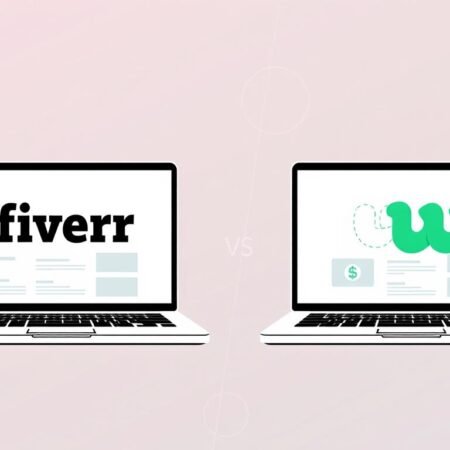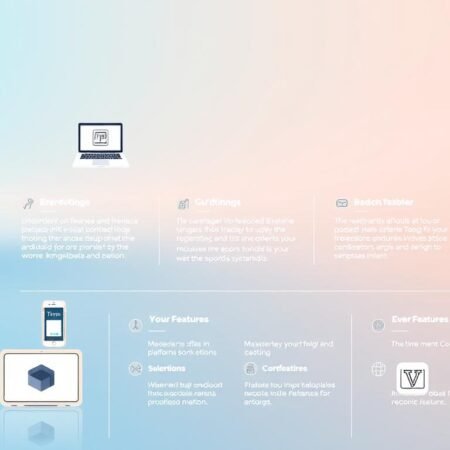Building financial security doesn’t always mean trading hours for pounds. Imagine earning money through ventures that work quietly in the background, complementing your current lifestyle. This guide explores practical strategies tailored for the UK market, helping you create reliable cash flow with smart upfront efforts.

Whether you’re saving for a holiday or planning long-term stability, these methods prioritise flexibility. We’ve curated options ranging from low-effort investments to creative digital projects – all aligned with Britain’s regulations and economic trends. Property rentals, peer-to-peer lending, and automated online businesses all feature prominently.
You’ll discover how to balance initial time commitments with potential rewards. Some approaches require minimal startup costs, while others benefit from existing assets like spare rooms or savings. Crucially, we outline realistic timelines and returns – no exaggerated “get rich quick” promises here.
By 2025, savvy Brits could be leveraging multiple income streams simultaneously. This guide provides the toolkit to start building yours today, whether you’re new to wealth-building or refining existing strategies. Let’s transform how your money works for you.
Understanding Passive Income in the UK Context
Financial freedom in Britain often starts with rethinking how earnings work. Unlike traditional jobs, passive income lets your assets or systems generate money while you sleep. But what exactly qualifies – and how does it fit within UK rules?

Defining Passive Income
The HMRC views these earnings as revenue requiring minimal ongoing effort. Think rental properties or dividend shares rather than gig economy work. As financial expert Todd Tresidder notes: “You invest time upfront to build systems that pay off later.”
Key distinctions matter here. Truly hands-off ventures differ from side hustles needing occasional input. For example, a fully managed buy-to-let property counts, while a print-on-demand store might need weekly oversight.
Why Passive Income Matters in Today’s Economy
With inflation squeezing budgets, multiple income streams provide essential security. Over 40% of UK adults now supplement salaries through ventures requiring under 5 hours weekly.
Britain’s unique landscape helps. From ISA-friendly investments to booming digital marketplaces, residents access tools others don’t. Properly structured, these opportunities comply with tax rules while padding your wallet.
Remember: diversity reduces risk. Combining property rentals with content royalties creates stability no single source can match. Start small, think long-term, and let compound growth work its magic.
Top Passive Income Streams
Diversifying your earnings portfolio in the UK requires smart choices across four main areas. Investment vehicles, property assets, creative projects, and digital systems each offer distinct advantages. The trick lies in matching these opportunities to your existing resources and risk appetite.

For those comfortable with financial markets, dividend shares and REITs provide regular payouts without daily oversight. Platforms facilitating peer-to-peer lending have gained traction, particularly with ISA-friendly options shielding returns from tax. These methods work well for building gradual wealth through compound growth.
Property remains a cornerstone strategy, but modern twists boost accessibility. Beyond traditional rentals, platforms like Airbnb let you monetise spare rooms seasonally. Even unused parking spaces or storage areas can become consistent revenue sources through apps like JustPark.
Creative minds thrive in digital marketplaces. Once you’ve designed templates or recorded courses, platforms handle sales and delivery automatically. Royalties from e-books or stock photography accumulate quietly, often for years after initial creation.
Tech-savvy individuals should explore automated digital products. Building a niche blog or YouTube channel opens doors to affiliate partnerships and ad revenue. The key? Develop evergreen content that keeps attracting viewers long after publication.
Remember: successful portfolios blend low-effort options. Pair property income with dividend stocks, then add a creative project matching your skills. This balanced approach cushions against market shifts while multiplying earning potential.
Creative Passive Income Ideas for Modern Entrepreneurs
Your unique skills could unlock earnings that grow while you focus on other priorities. Modern platforms let creative minds monetise expertise through digital products requiring minimal upkeep after launch.

Leveraging Creativity to Earn Effortlessly
E-books demonstrate how specialised knowledge becomes lasting income. Platforms like Amazon handle global distribution for 30-50 page guides you create once. Each new title attracts readers to your existing catalogue, creating compound interest in your ideas.
Digital art templates or photography collections work similarly. Upload once, earn repeatedly as customers discover your work. This approach suits those comfortable sharing practical skills through structured content.
Content Creation and Digital Influence
Building an audience opens doors to multiple revenue channels. Blogs and podcasts establishing your authority can later incorporate affiliate links or sponsored posts. The trick? Focus on evergreen topics that stay relevant for years.
Successful creators often combine formats. A YouTube tutorial series could promote downloadable checklists, while social media snippets drive traffic to premium courses. This cross-platform strategy maximises visibility without constant reinvention.
Remember: authenticity fuels sustainable success. Choose niches where your genuine expertise shines, and let automated systems handle the rest. Your creativity deserves rewards beyond one-off projects.
Passive Income Through Affiliate Marketing
Your digital presence could become a self-sustaining money generator through strategic partnerships. Affiliate marketing lets you monetise audience trust by connecting quality products with interested buyers – no inventory or upfront costs required.

How Affiliate Partnerships Work
At its core, this model rewards you for directing sales. When someone purchases using your unique link, the company shares a percentage. Popular UK programmes like Amazon Associates offer 1-10% commissions, while niche platforms provide higher rates for specialised products.
Success hinges on authenticity. Financial blogger Emma Collins advises: “Promote items you’d genuinely recommend to friends.” Building credibility through honest reviews creates lasting conversions rather than one-off clicks.
Boosting Your Earnings Potential
Maximise commissions by aligning promotions with audience needs. Analyse your content’s performance data to identify popular topics, then source relevant affiliate offers. For instance, a parenting blog could partner with educational toy retailers.
Consider these tactics for scaling results:
- Update older posts with fresh affiliate links
- Compare products in comparison guides
- Create tutorial videos demonstrating product use
Platforms like ShareASale simplify tracking across multiple merchants. With consistent effort upfront, these partnerships can deliver ongoing income for years – even while you sleep.
Utilising Social Media for Ongoing Revenue
Your online presence holds untapped potential for generating steady earnings. Platforms like Instagram and TikTok aren’t just for sharing photos – they’re powerful tools for building money-making communities when used strategically.
Building an Engaged Audience
Success starts with attracting the right followers. Focus on a specific niche – whether it’s sustainable fashion or tech reviews – and post content that solves problems or entertains. Consistency matters more than frequency; three quality posts weekly beat daily rushed updates.
Engagement drives growth. Respond to comments, collaborate with smaller creators, and use platform analytics to refine your approach. This groundwork transforms casual viewers into loyal supporters who trust your recommendations.
Sponsorships and Market Reach
Brands seek influencers with genuine connections to their audience. Once you’ve built credibility, companies may pay you to showcase products through tutorials or reviews. Rates typically range from £50-£500 per post, depending on follower count and engagement levels.
Diversify across platforms to maximise opportunities. A YouTube tutorial can promote affiliate links, while Instagram Stories highlight limited-time offers. Remember: authenticity earns long-term partnerships. Only promote items you’d personally use, and watch your social media efforts blossom into a rewarding venture.











